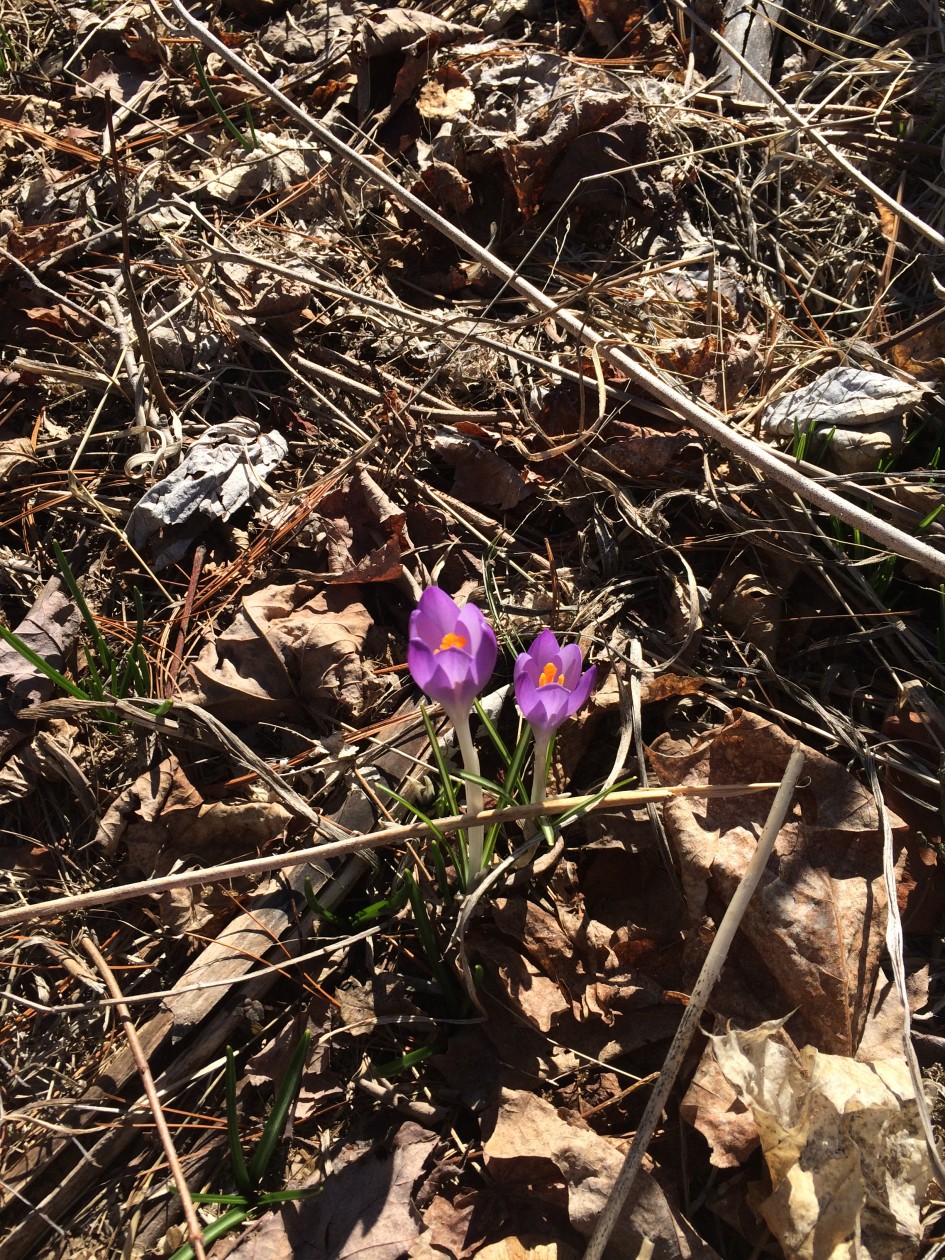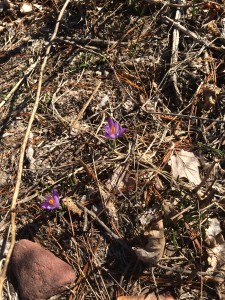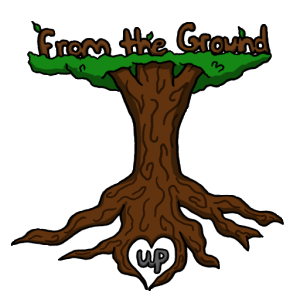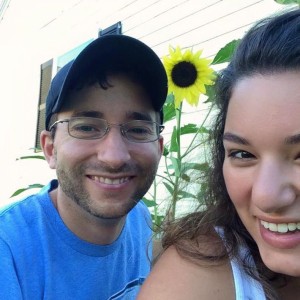It’s easy to look up ‘what is permaculture?’ in a simple Google search. It’s easy to read the description and that’s that. But what it means to you is the most important, what is Permaculture to YOU?
The Permaculture design was created by a two Australian Ecologists David Holmgren and Bill Mollison in the 1970s. David Holmgren describes permaculture as “a system of consciously designed landscapes which mimic the patterns and relationships found in nature, while yielding an abundance of food, fiber and energy.”
The system has 12 basic principles that guide the permaculturist’s ethics and actions in the garden. Some of the principles are general and holistic like produce no waste, accept feedback and value diversity. These principles can also be applied in everyday life, outside of the garden.
The main principle of the permaculture mindset is that everything is connected. It is the concept of thinking of the system as a whole, fully utilizing everything in the garden, and in life.
I believe I took to the mindset so easily because I’ve had the idea of fully utilizing everything my whole life. I loved upcycling and thinking outside of the box, qualities that come with creativity and fluidity in thought. In college I made the argument for my degree of English Creative Writing by pointing out that applying creativity to other projects or jobs can lead to forward thinking because of the ability to approach a problem at a variety of different angles along with being able to “roll with the punches” and accept change.
If fully utilizing everything and fluid thought are the arms and legs of permaculture, the process of stopping and observing is the heart. Understanding the where, why and when things happen within the landscape is vital for the growth of any consciously designed garden. For me, the stopping and observing was the hardest part to master. While Jim is a master at the staring and contemplating, I tend to dive right into projects. But slowly I’ve been practicing deeper contemplation.
On a large scale, working in the garden and practicing the idea of permaculture provide a template to living life and guidelines that influence the decisions you make. Surrounded by concrete, plastic and rubber, using paper and metal to buy food prepared for you by someone else from somewhere unseen by you is very disconnecting. I believe that disconnection can lead to depression and a feeling of isolation. Getting out there, with your hands in the dirt, the sun on your back, little leaves and weeds getting stuck in the laces of your sneakers, knees caked with damp soil brings you back to consciousness of your environment. Picking a strawberry, blowing a few grains of dirt off and popping it in your mouth is as simple and carnal as it can get. By doing that you have created a direct connection with the power of the sun, the nutrients from the dirt, the sustenance from the rain and you’ve erased the years between our ancestors and us. You are doing what the original humans did, pick from the leaves and eat. No chemicals to wash off, no fossil fuels burned to transport them, no plastic packaging and an unknown amount of hands touching and disturbing them. From leaf to mouth. That connection is the most important thing I’ve gotten from the permaculture mindset.
Share Now!


